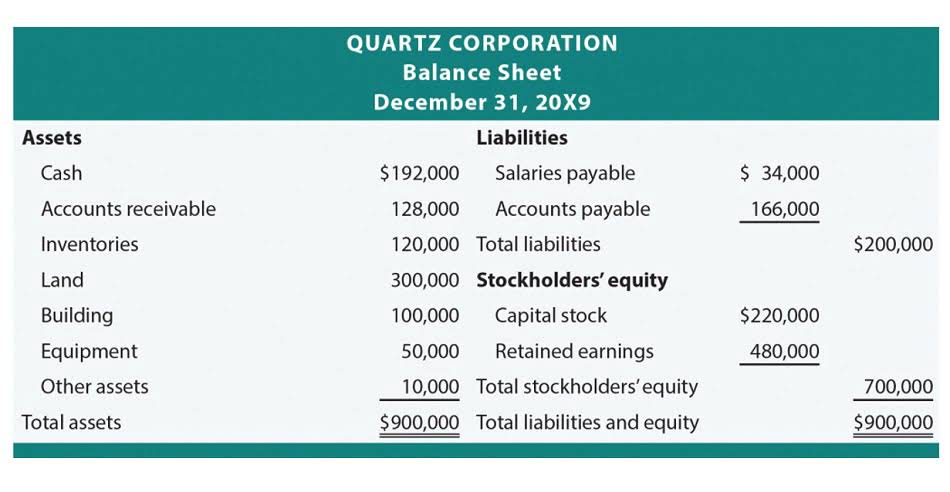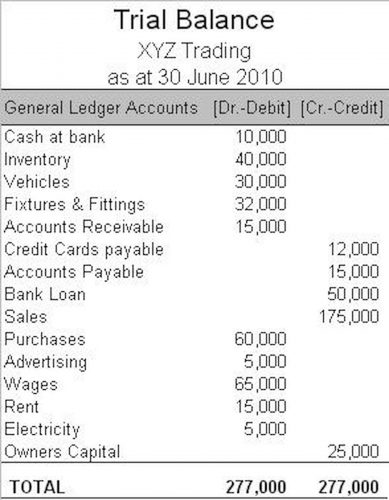
A pass-through entity does not pay income taxes directly to the IRS when it files its tax return. Instead, the income or loss passes through to the partners, members, shareholders, or beneficiaries. In other words, the tax liability shifts to the individual, not the entity, so the business doesn’t face double taxation.

Part III – Partner’s Share of Current Year Income, Deductions, Credits, and Other Items

For example, long-term ownership may qualify for favorable capital gains tax rates. Correct categorization is essential for compliance and optimizing tax outcomes. Ownership termination can also necessitate updates to the entity’s financial statements, such as restating the balance sheet to reflect changes in capital accounts and ownership interests. The final K-1 allocates income, deductions, and credits for the tax year, impacting both the entity and the departing owner. Estates and trusts are required to file a K-1 form for each beneficiary if the estate or trust has any income, deductions, or credits for the tax year.
- After reviewing the Schedule K-1, the next step is integrating its entries into your personal tax return.
- If a partnership records a loss over the tax year, partners can state the loss on the K-1 and carry the amount forward until a year of profit for a future tax deduction.
- A Schedule K-1 issued by an estate or trust is titled Beneficiary’s Share of Income, Deductions, Credits, etc.
- An Initial K-1 introduces new income streams or deductions, which may require adjustments to estimated tax payments or withholding to avoid penalties under Internal Revenue Code Section 6654.
- Deductions, such as depreciation or charitable contributions, may flow to Schedule A if you itemize, while credits like the foreign tax credit are entered on Form 1116.
How Pass-Through Income is Recognized
You’re not alone—and the good news is, this guide will walk you through exactly how to read a K-1, what all the confusing boxes mean, and how this document can actually help you reduce https://guia.conteudoestrategico.com.br/what-are-some-examples-of-financing-activities-on/ your tax liability. Understanding Schedule K-1 is essential not only for compliance with tax regulations but also for making informed financial decisions. The complexities involved can often be daunting, but grasping its fundamentals is crucial for anyone involved in these types of business entities. I get to hear first-hand, in person, the most common knitting questions and this helps me to make sure I’m writing my patterns as clearly as possible. Passive participants, who fail to meet material participation criteria, face restrictions on using passive losses to offset non-passive income like wages.

Browse Abbreviations.com
For this reason, it’s generally best to avoid these kinds of investments in a retirement account. Investors most commonly receive a Schedule K-1 federal tax form if they invest in an MLP. These entities often pay high-yielding distributions, making them attractive to income-seeking investors.
- The K-1 Schedule plays a significant role in determining tax liabilities by allocating income, deductions, and credits to individuals.
- Knitters in the UK and the US use slightly different terms, such as ‘stocking stitch’ in the UK and ‘stockinette stitch’ in the US.
- Understanding Schedule K-1 is essential not only for compliance with tax regulations but also for making informed financial decisions.
- A typical corporation’s regular dividend is taxed as long-term capital gains, while much of the income paid and shown on a Schedule K-1 can be classified as regular income.
- Use of our products and services is governed by our Terms of Use and Privacy Policy.
- Therefore, this compensation may impact how, where and in what order products appear within listing categories, except where prohibited by law for our mortgage, home equity and other home lending products.
- Short-term capital gains, from assets held for one year or less, are taxed at ordinary income rates.
- The Schedule K-1 form provides a detailed overview of a partner’s share of an entity’s financial activities.
- The IRS receives different K-1 information from corporations, trusts, estates and partnerships.
- As a result, the partnership must prepare a Schedule K-1 to report each partner’s share of these tax items.
The Schedule K-1 reported in box one that the investor’s share of the entity’s ordinary business income was $120. It what are retained earnings didn’t report any other income, losses, gains, interest, credits, or dividends. A K-1 is a federal tax form used to report one’s share of income, losses, deductions, and dividends from a pass-through entity to the Internal Revenue Service (IRS). Similar to a W2 or 1099 Form, a Schedule K-1 form helps to calculate your taxable income.
We currently have access to databases and information sources that allow us to evaluate interests and make formal offer proposals quite quickly. In most circumstances all that is needed to make an offer are the K-1s issued by the partnership over the past two years. The K-1s will allow us to confirm your current ownership percentage and verify any annual distributions the partnership is making so that we can accurately account for them in our offer.


Instead of paying taxes at the corporate level, these entities pass through income, losses, credits, deductions, and other items to their LPs or shareholders. As a result, those stakeholders pay taxes at their individual tax rate, which is often lower than the corporate tax rate plus the dividend tax rate. A Schedule K-1 is similar to a Form 1099 that an investor might receive if they earned dividend income on a stock or interest income from a bank. Investors typically receive a Schedule K-1 if they are a limited partner in an MLP or real estate partnership, or they may receive them from certain exchange-traded funds (ETFs).
- Limited partners are generally exempt, except for guaranteed payments for services.
- Return of Partnership Income, which generates the Schedule K-1 for its partners.
- Each partner will then use the information on the Schedule K-1 on their 2024 tax return, which is filed in 2025.
- That’s how many high-income professionals legally reduce their taxes by tens of thousands of dollars.
- When filing their personal tax return to the IRS, individual partners and shareholders will need their K-1 to complete their tax return.
- For partnerships, the K-1 Schedule specifies each partner’s allocated share of financial activities, which may differ from ownership percentages based on the partnership agreement.
- If you see an abbreviation that you don’t understand, you can check the reference guide below (see the free downloadable PDF of the most common abbreviations at the bottom of this page).
For example, certain partnership agreements may involve complex allocations of income or expenses that require explanation beyond the standard K-1 entries. The STMT section ensures all relevant financial activities are accurately reported. For instance, Section 179 what does k1 mean deductions must be reconciled with any limitations based on personal income, and foreign tax credits reported on the K-1 need to be calculated on Form 1116 (Foreign Tax Credit). Using tax software or consulting a professional can help navigate these complexities and ensure compliance with applicable regulations.

